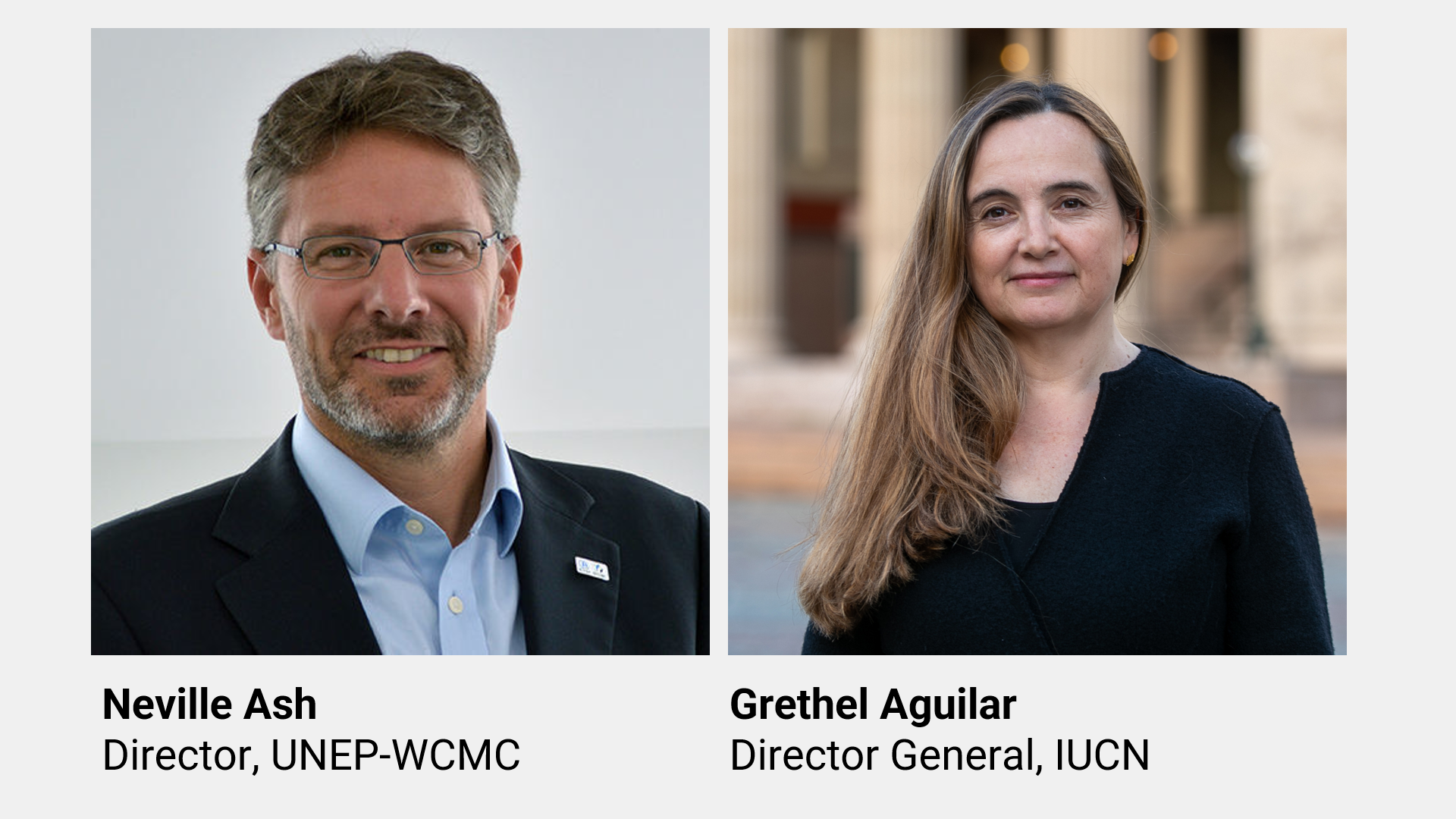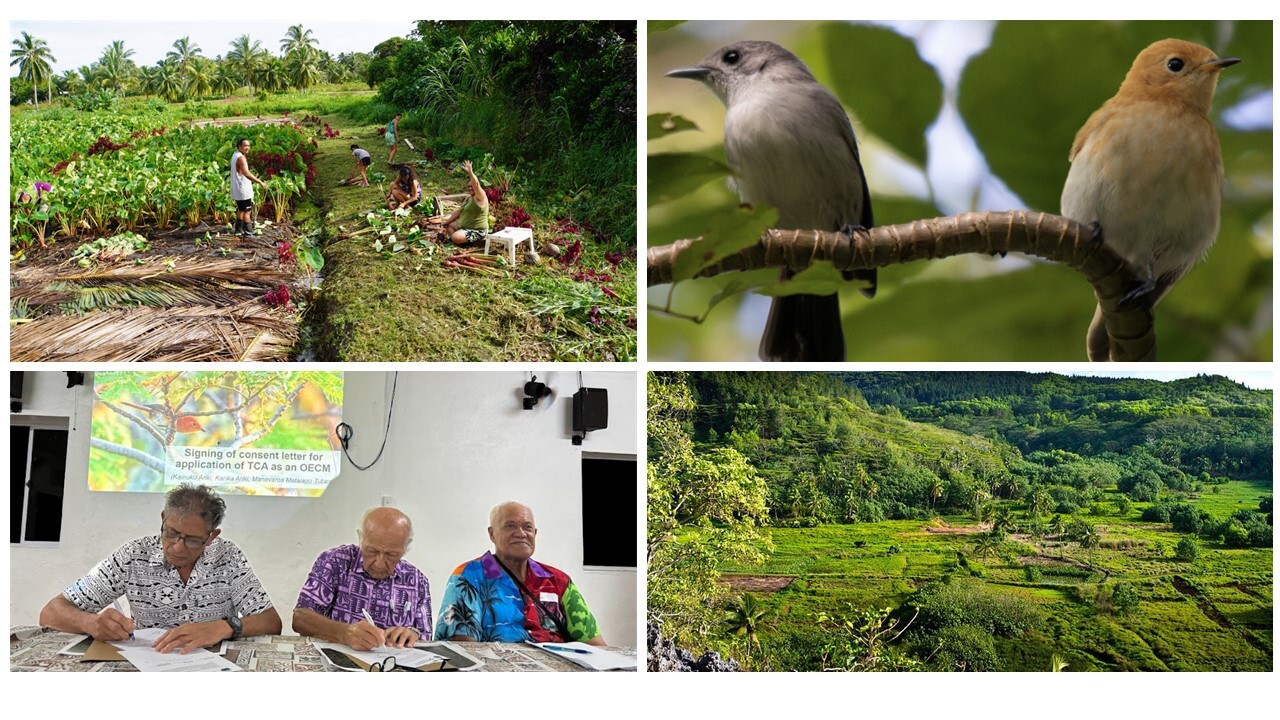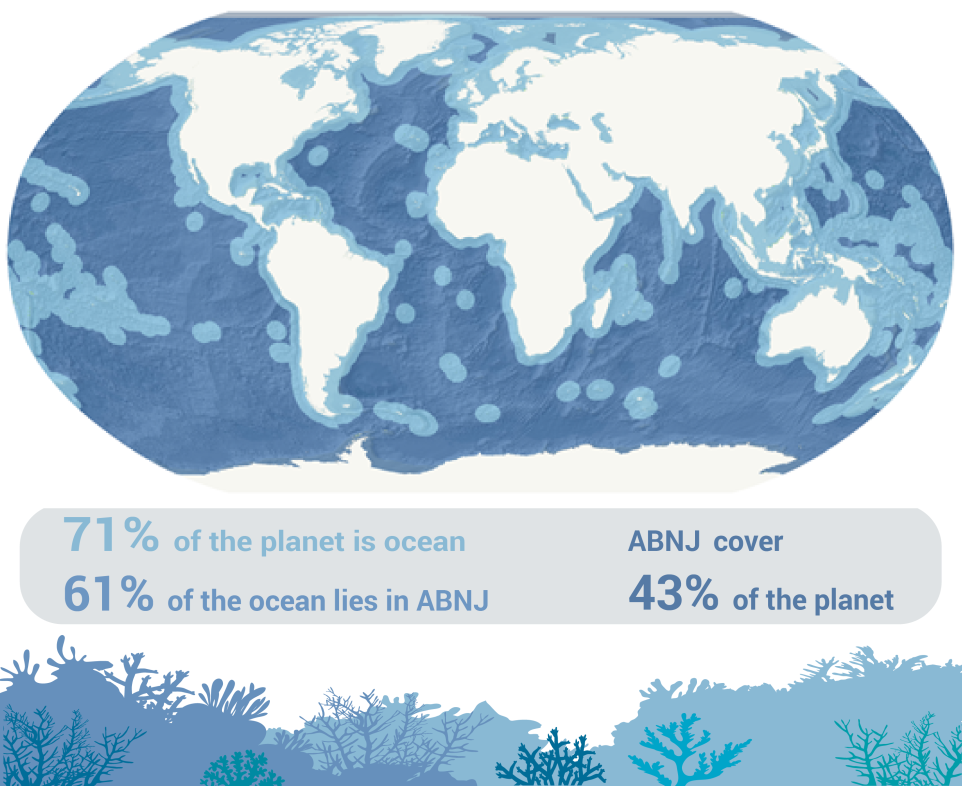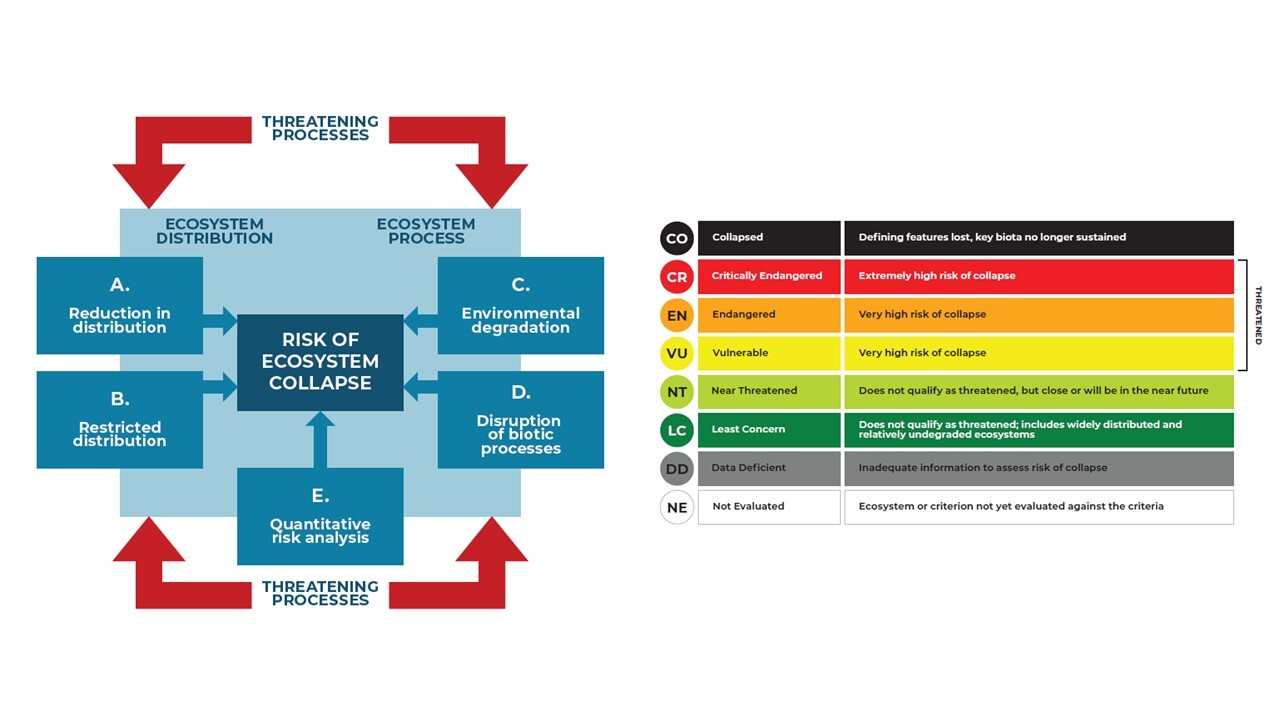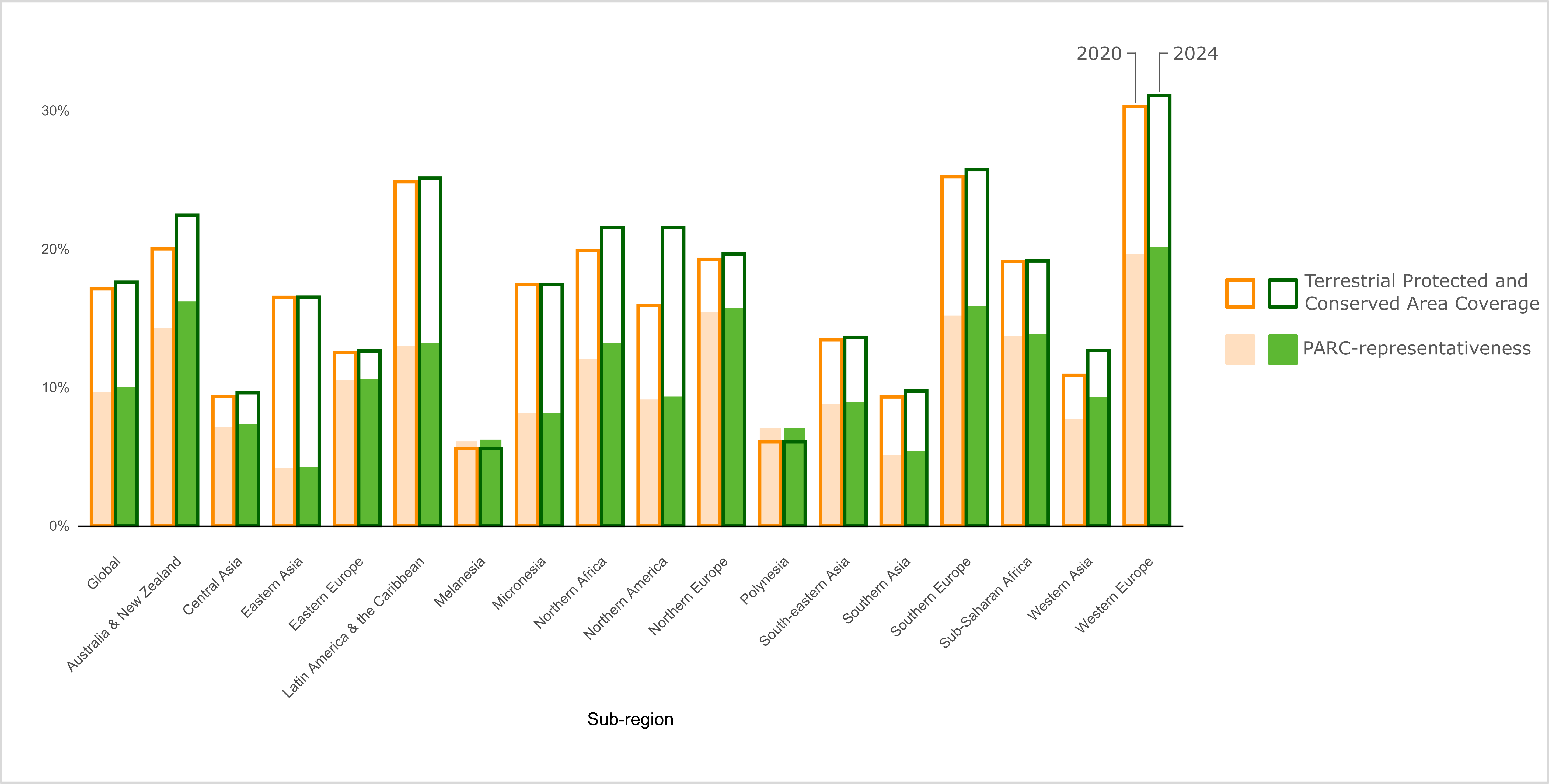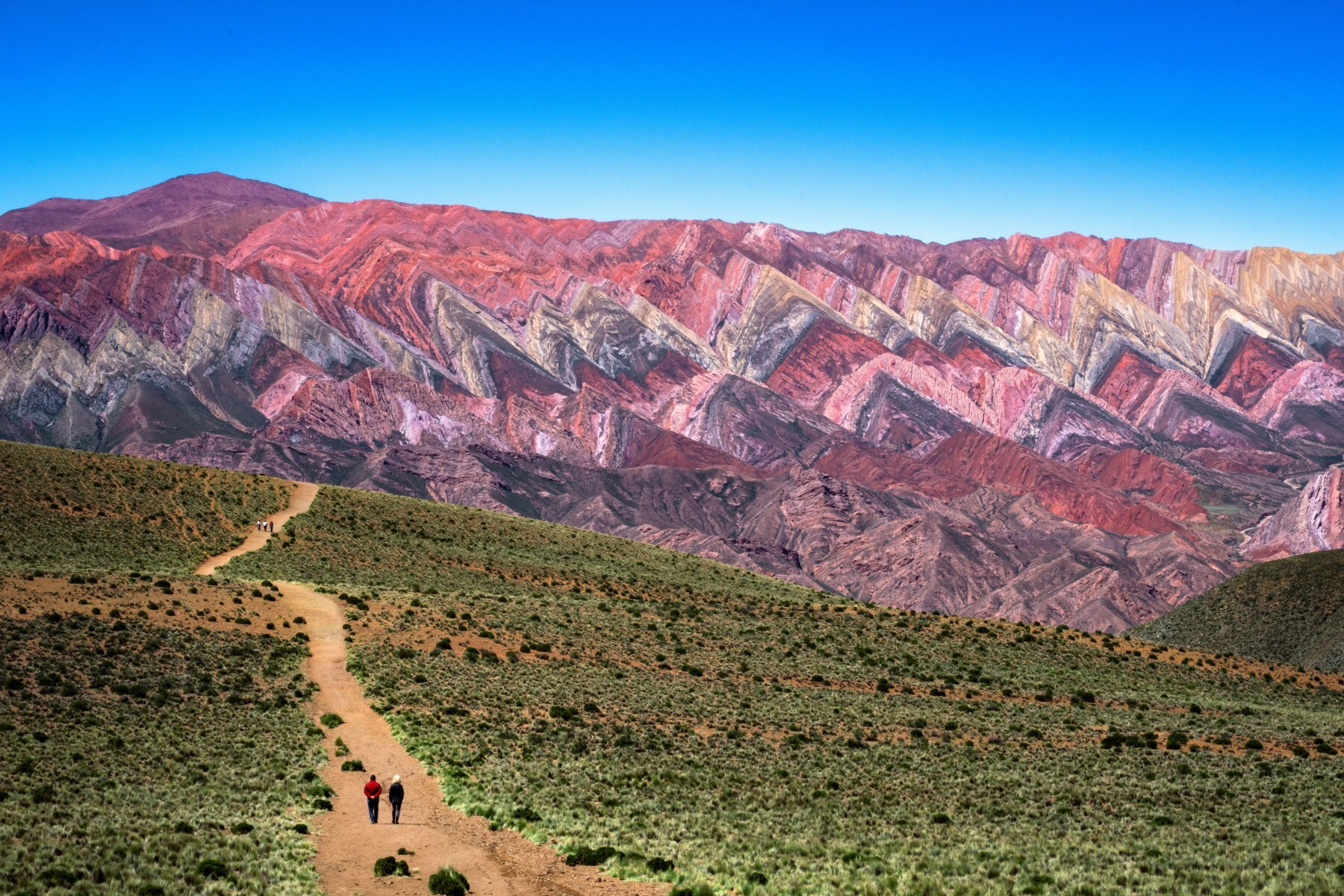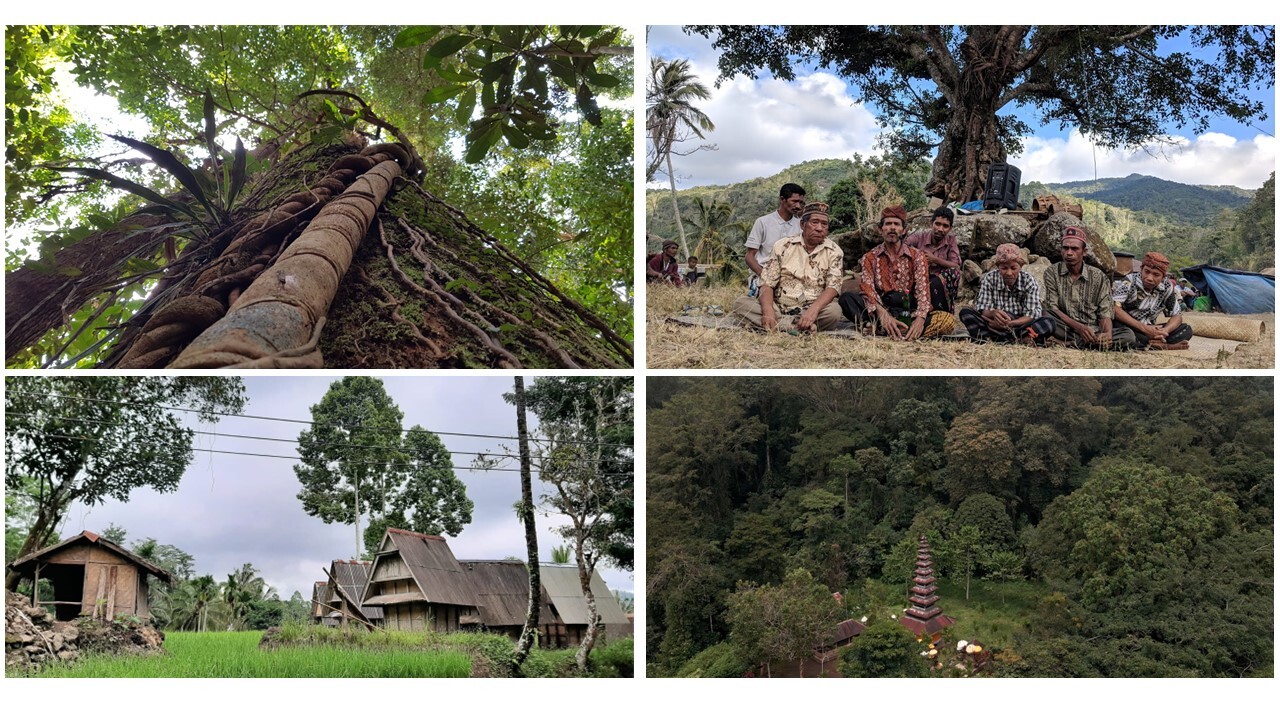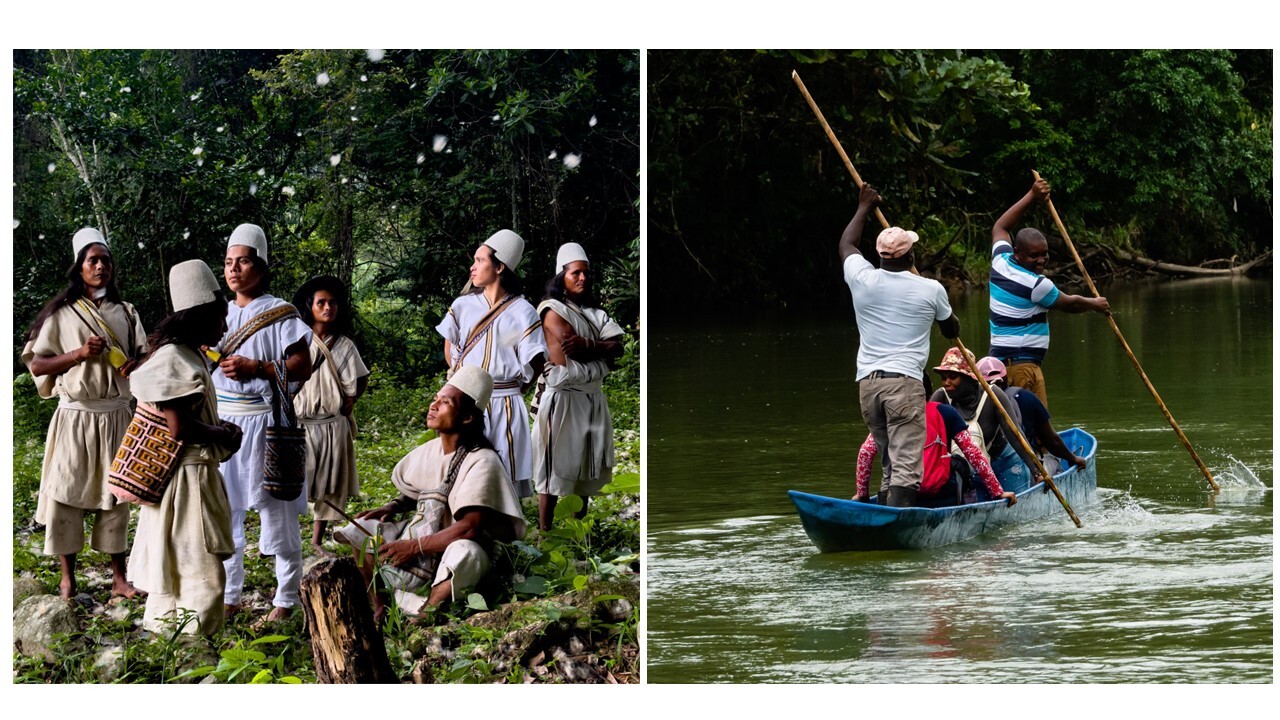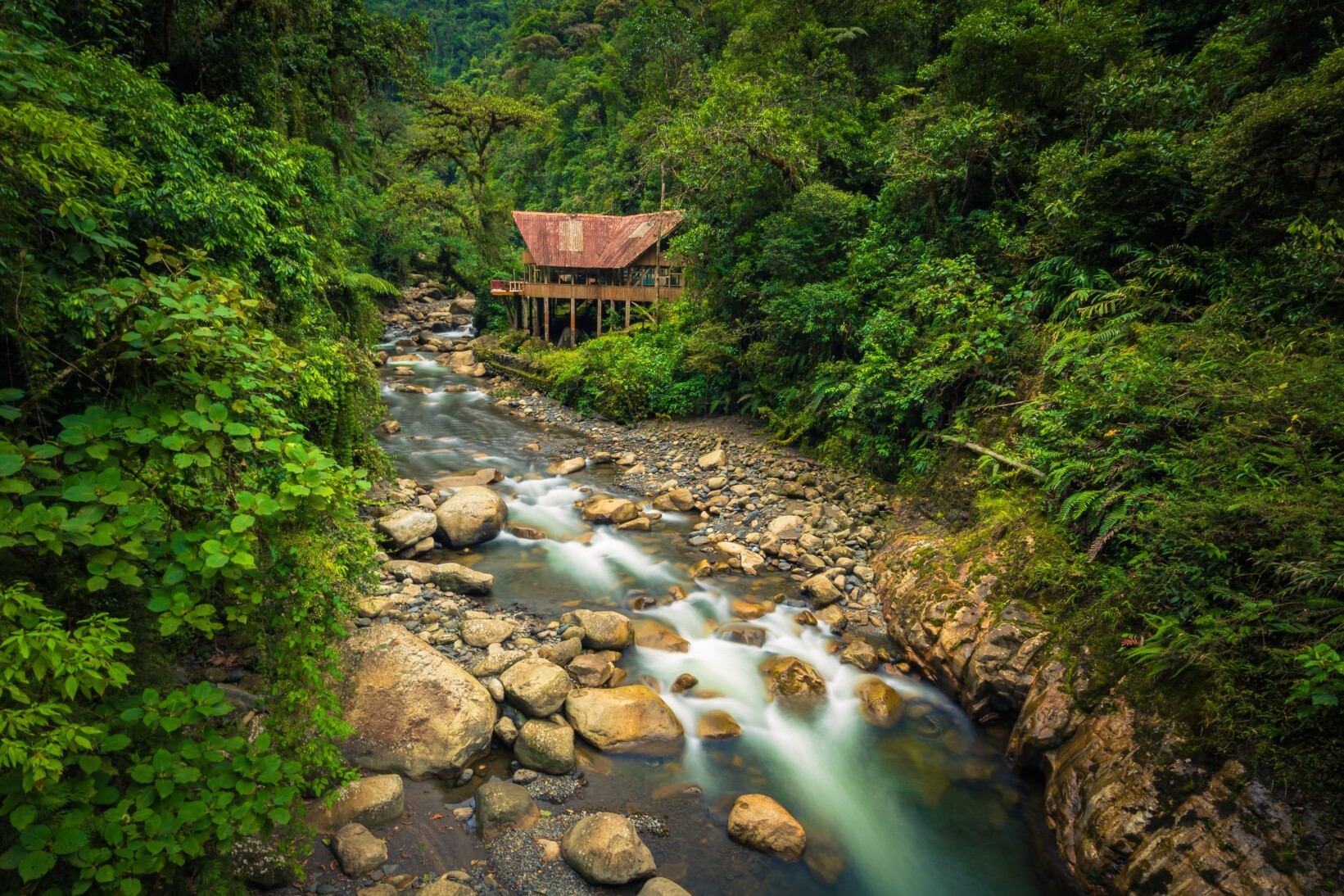This decade marks the make-or-break moment for the health of the planet. In December 2022, Parties to the Convention on Biological Diversity reached a historic agreement to halt and reverse the unprecedented loss of biodiversity through the adoption of the Kunming-Montreal Global Biodiversity Framework. It calls upon governments, businesses and society to take urgent action by 2030 to end the biodiversity crisis.
Two years on, the Protected Planet Report 2024 provides the first official global evaluation of progress towards one of the Framework’s 23 targets – Target 3. This target is best known for the global commitment to protect and conserve 30 per cent of the Earth’s lands and waters by 2030. Importantly, Target 3 goes well beyond coverage. It requires that protected and conserved areas are effectively managed, equitably governed and recognized with respect for the rights of Indigenous Peoples and local communities. It also commits governments to conserve the most important natural spaces and to ensure that these areas are connected to each other. In short, the elements of the target call for in situ conservation to be scaled up in ways that benefit both nature and people.
Around the world, we are seeing progress. From our vantage point as the directors of IUCN and UNEP-WCMC, it is clear that coverage of protected and conserved areas has increased in all regions in recent years. These results are promising. Indeed, a third of countries and territories have expanded their networks since 2020. While 30% is a global target, there are 51 countries and territories that already have networks of protected and conserved areas that exceed this level of coverage on land and 31 that exceed it at sea. Reassuringly, more than two-thirds of the areas that have been identified as the most important places on Earth for biodiversity are either partially or fully covered by protected and conserved areas. These are positive signs that countries are making headway with identifying and strategically protecting priority areas.
However, we are still seeing many gaps that are holding the world back from turning the tide. Global coverage has only just passed 17% on land and 8% in the marine realm. More work is needed to scale up coverage and to place protected and conserved areas where they are most needed. This must be done while ensuring that human rights, particularly for Indigenous Peoples and local communities, are respected and upheld.
Simultaneously, there is a pressing need to improve and better track the quality of management, governance and conservation outcomes in protected and conserved areas. Data on these core components of Target 3 are currently minimal, profoundly limiting our ability to discern progress. There are still many ecosystems that are not well represented by conservation networks and a third of the areas most important for biodiversity are not yet protected.
If we are to succeed in halting and reversing biodiversity loss, the speed of progress must be accelerated. Global ambitions will need to translate into urgent national and local action. All countries around the world will need to contribute in every way that they can.
It is a huge challenge, but it is not an insurmountable one. The path that we must take is clearly laid out in the Global Biodiversity Framework, and the Protected Planet Report 2024 functions as a status report that candidly tells us where we are on our journey. It is essential reading for all of us striving to support the world to deliver on Target 3. With six years remaining until 2030, the UN Biodiversity Conference (COP16) provides a crucial opportunity for governments to strengthen their actions. Doing so will be essential to meeting the commitments of the Global Biodiversity Framework, including on all aspects of Target 3. We know what is needed. Let us rise to the challenge together and act for nature.
